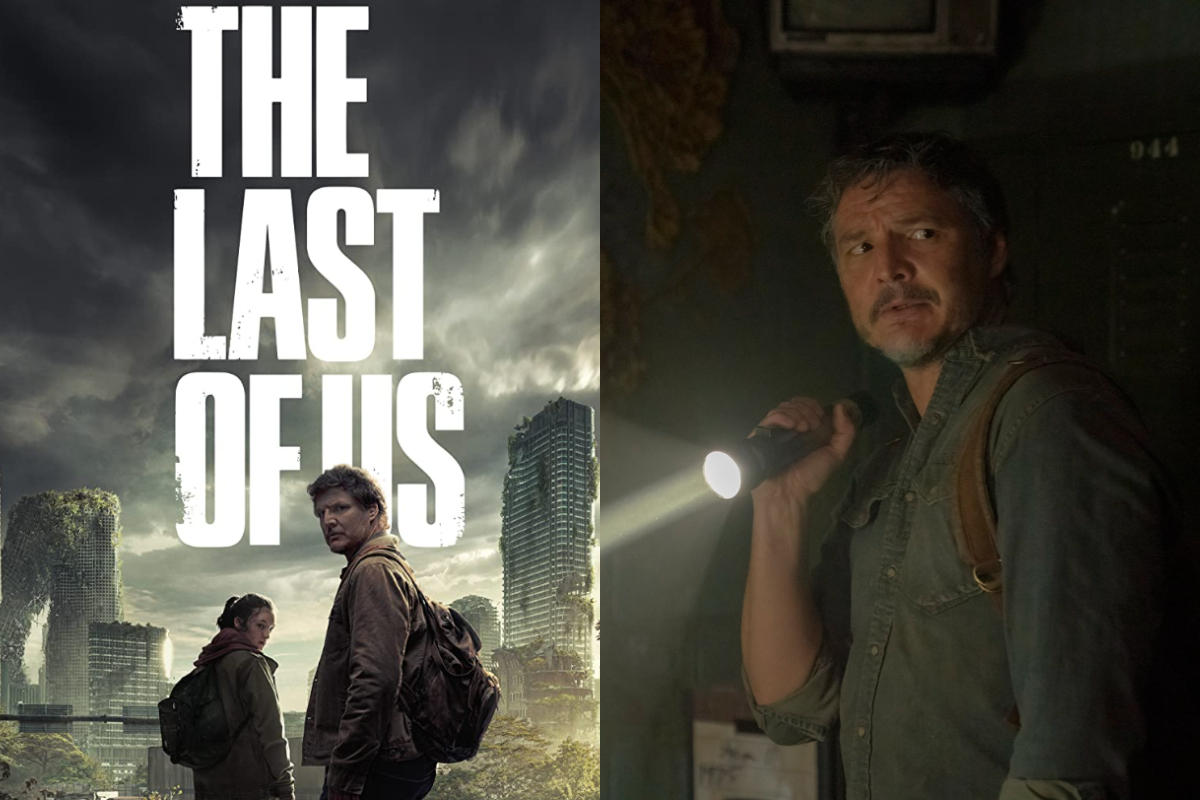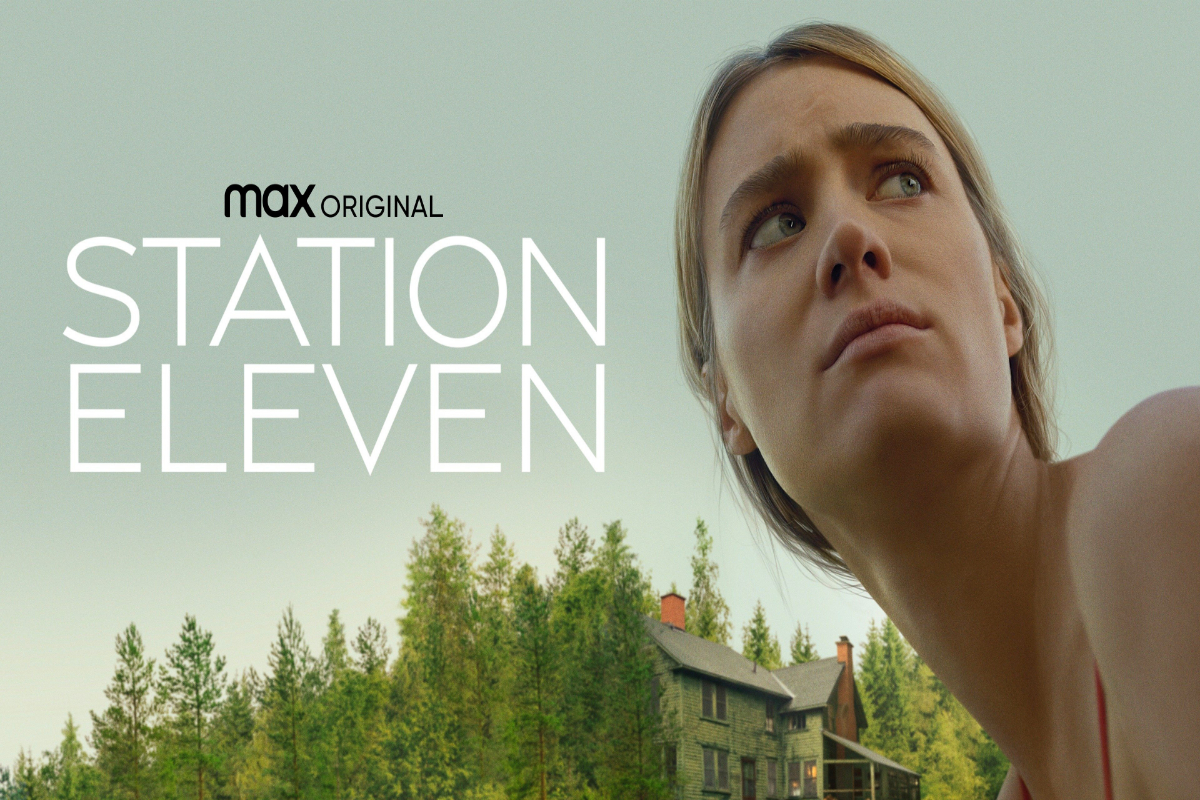- We have witnessed many zombie apocalypse tales.
- The Last of Us reminds us of the original scariness of those tales.
- The pandemic of zombies in The Last of Us is made of the most realistic zombie-related material.
The pandemic of zombies depicted in The Last of Us is made of the most realistic zombie-related material available: a previously unidentified illness manages to infect a human and spread from one host to another, converting humans into lifeless shells who are solely interested in spreading the sickness. But there’s something particularly ominous about The Last of Us’ Cordyceps epidemic. It is difficult to pin down exactly what it is, but in the end, familiarity is the key. In the series, the fungus that takes over the earth is far closer to humanity than we are prone to think, which only makes them more difficult to combat.
We have witnessed many zombie apocalypses over the course of the last few decades. Others, like Zombieland, made us giggle, while others, like Train to Busan, made us shudder with horror. The globe was overrun with zombie doomsday scenarios, with reasons ranging from the biological to the supernatural, thanks to shows like The Walking Dead, Pride, Prejudice and Zombies, and Warm Bodies. And for a while, we were infatuated with it. However, after a while, we grew tired of zombies and it seemed like a very long period would pass before they could frighten us once more. The Last of Us then reminded us of the original scariness of those tales.
The fact that we can actually see the sickness as it spreads is the first factor that makes the pandemic in The Last of Us extremely terrifying. Fungi, in contrast to viruses and bacteria, can also be macroscopic, allowing people to see them with unaided eyes. When Ellie, Tess (Anna Torv), and Joel encounter their first clickers in the episode, they realise that the mushroom-like development atop the creature’s parted head is more than just a sign of the infection. Instead, they are focusing on the disease’s actual infectious agent.
Here’s an illustration to assist clarify things: Think of the Zika virus, which circulated a few years ago in many different regions of the world. Due to the fact that Zika is a virus-borne illness, as its name implies, its infectious agent cannot be seen without a microscope. The mosquitoes that transmit the disease from one person to another are visible, though. Even so, there is no way to tell if a mosquito is carrying the Zika virus or not. The sickness is not brought on by the mosquito itself.
Additionally, despite the fact that Zika produces a number of obvious symptoms, the most typical of which is an unsightly rash, these are only outward signs of the underlying illness in your body. Although the pustules themselves are not the virus, other rash-causing infections can spread through the liquid that collects inside of them. We would need to envision a virus that slowly takes over your body in the shape of a huge rash for a viral sickness to be as terrifying as the infection in The series, not an almost invisible entity that can only be seen by its reaction to another organism.
The Cordyceps infection shares more similarities with helminth-related illnesses than it does with bacterial, viral, or even other fungal infections in humans. Worms are after all clearly visible to the human eye, much like the macroscopic Cordyceps in The Last of Us. But once more, the obviousness of the symptoms comes up. We cannot ignore the fact that the Cordyceps have a bodily horror element. The symptoms of worm infections, such as nausea, anorexia, and diarrhoea, don’t bother healthy people as much as, say, a brilliant green fungus colony on your face.
Another unique characteristic of fungi is their obtrusive presence in our daily lives, which results from their occasionally being visible to the unaided eye. We can clearly see them all about us, poorly hidden in places like the earth we foot on and our own refrigerators, much like worms. But unlike worms, we may not always find fungus repulsive. Depending on the species, we may even incorporate it into our regular diet. No rational person, it’s true, would ever assemble a sandwich from two pieces of rotten bread and a slice of white, fuzzy cheese, but let the one who has never enjoyed a delicious Portobello mushroom throw the first blow.
In some situations, we can even find fungi to be cute. Simply envision a tiny red-and-white mushroom in the middle of a forest. Isn’t that cute? Imagine the same mushroom now coming out of a person’s eyes. Not as adorable, yes?
The pictures of the homicidal Cordyceps in The Last of Us seem to be at odds with the way we view fungus as a semi-domesticated species that we maintain so near to our bodies and digestive systems. They resemble Stephen King’s Cujo in some ways more than Stephen Soderbergh’s Contagion’s virus.
Fungi and humans share a strong relationship that goes beyond just physical and emotional proximity. We commonly associate fungi with plants because of their outward appearance. This, however, is untrue. The Last of Us’s Dr Neuman (John Hannah) argues in the pilot episode that fungi and humans are actually quite similar biologically. Mycology, or the study of fungi, was first a branch of botany since fungi were thought of as early plants. However, studies from the early 1990s showed that fungus DNA is really more similar to human DNA than it is to bacterial or plant DNA.
The series doesn’t only use our very real limits to arouse anxiety because there isn’t enough medicine or preventative measures to deal with a fungal pandemic like the one it depicts. A few of our concerns from the actual world are also addressed by the impact that climate change has played in the evolution of the cordyceps. The Cordyceps evolved in the series and were able to survive within the warm-blooded human bodies due to a considerable rise in world temperature. Even though things don’t precisely look like they do on the programme, they aren’t all that dissimilar either.
Climate change may soon expose humanity to many different illnesses that previously only afflicted other types of mammals, even though there are currently no predictions regarding diseases that only infect bugs shifting to human hosts.
[embedpost slug=”the-last-of-us-is-completely-different-from-the-original-game/”]






